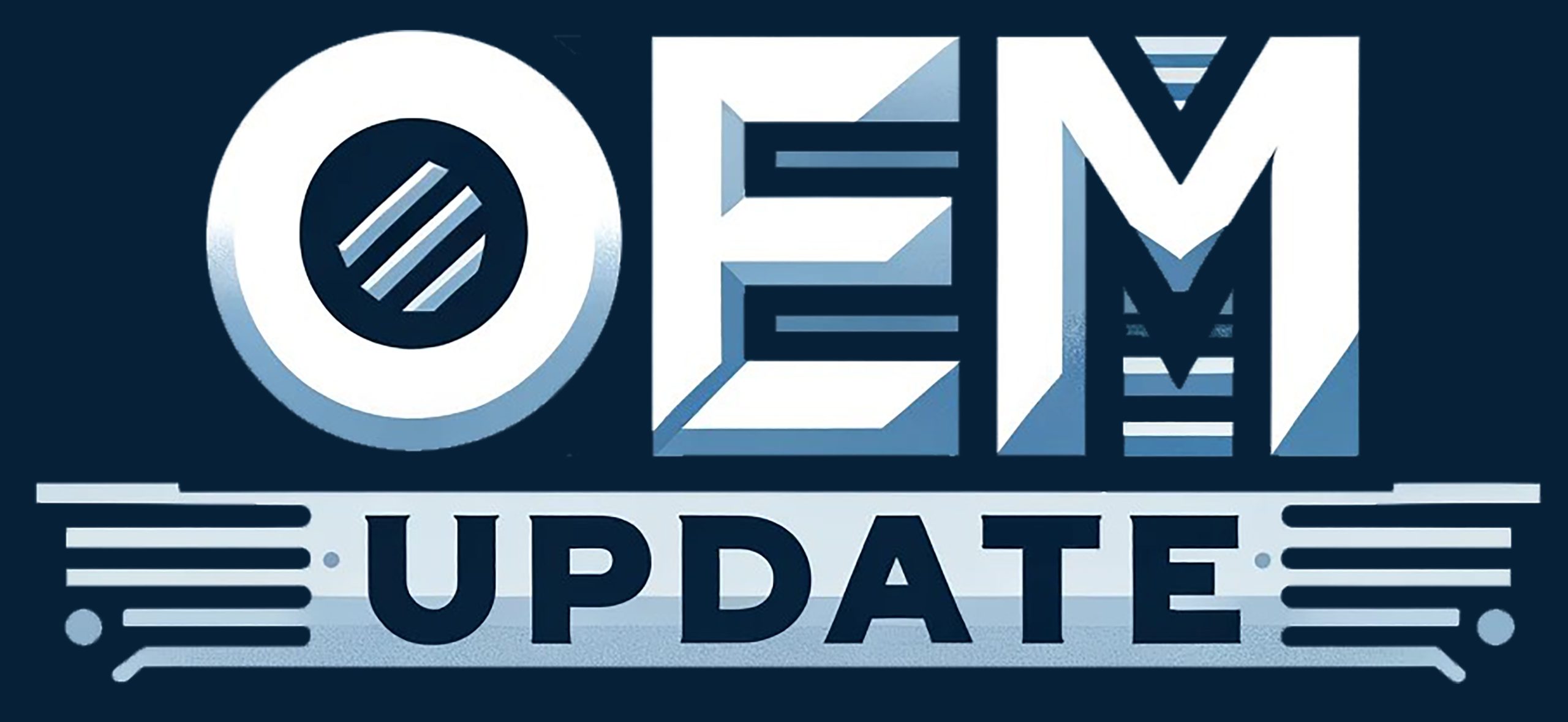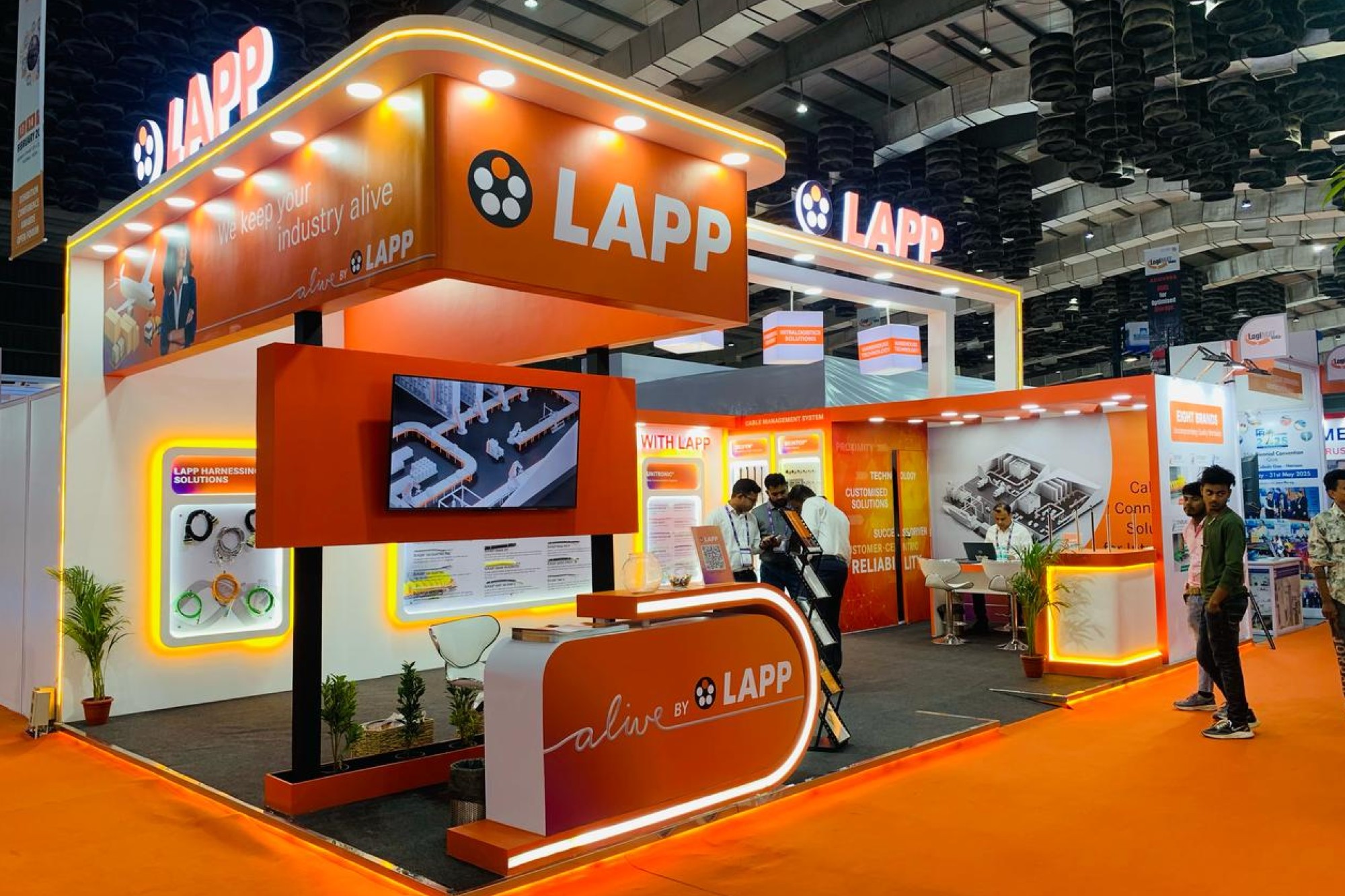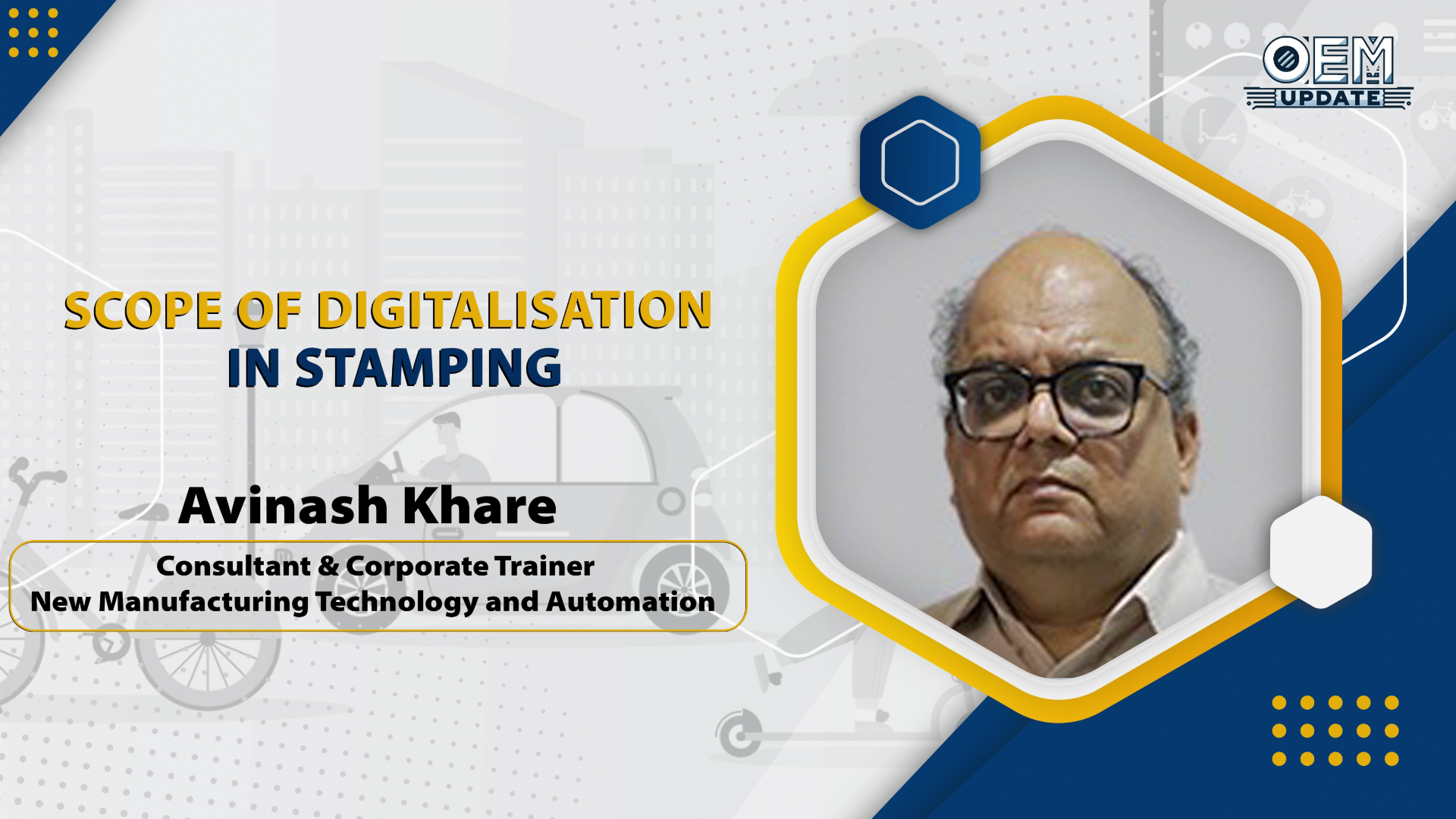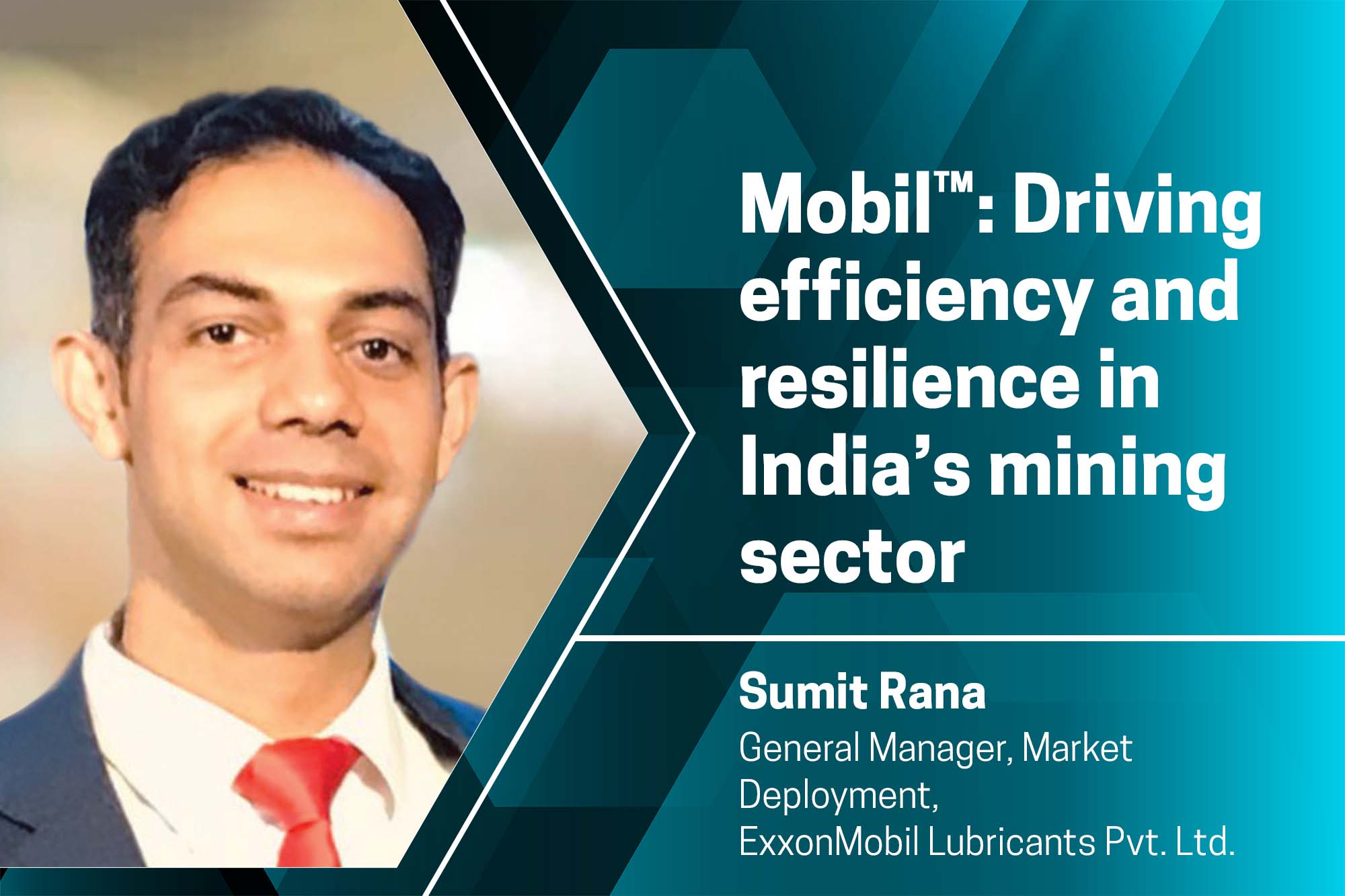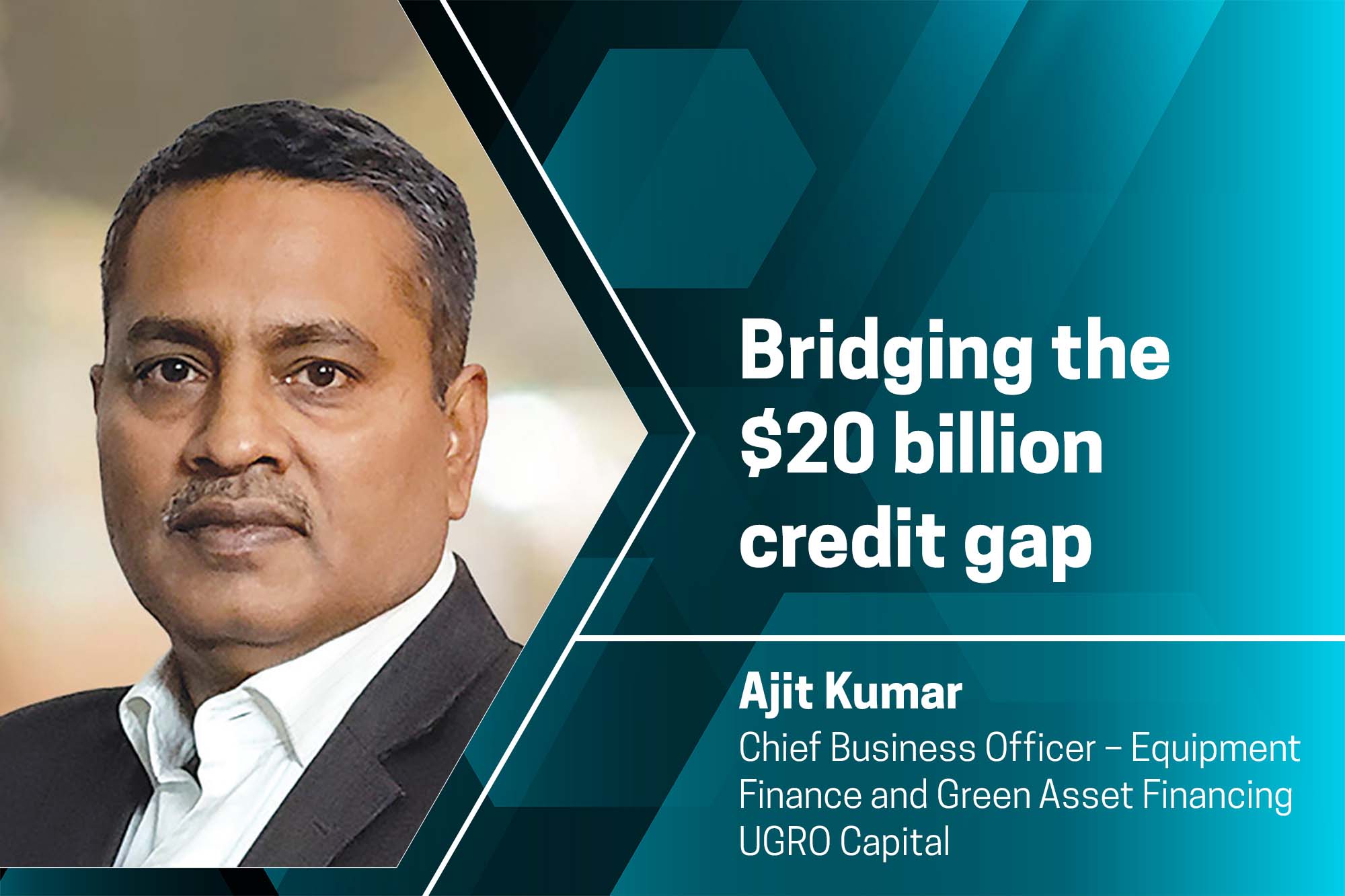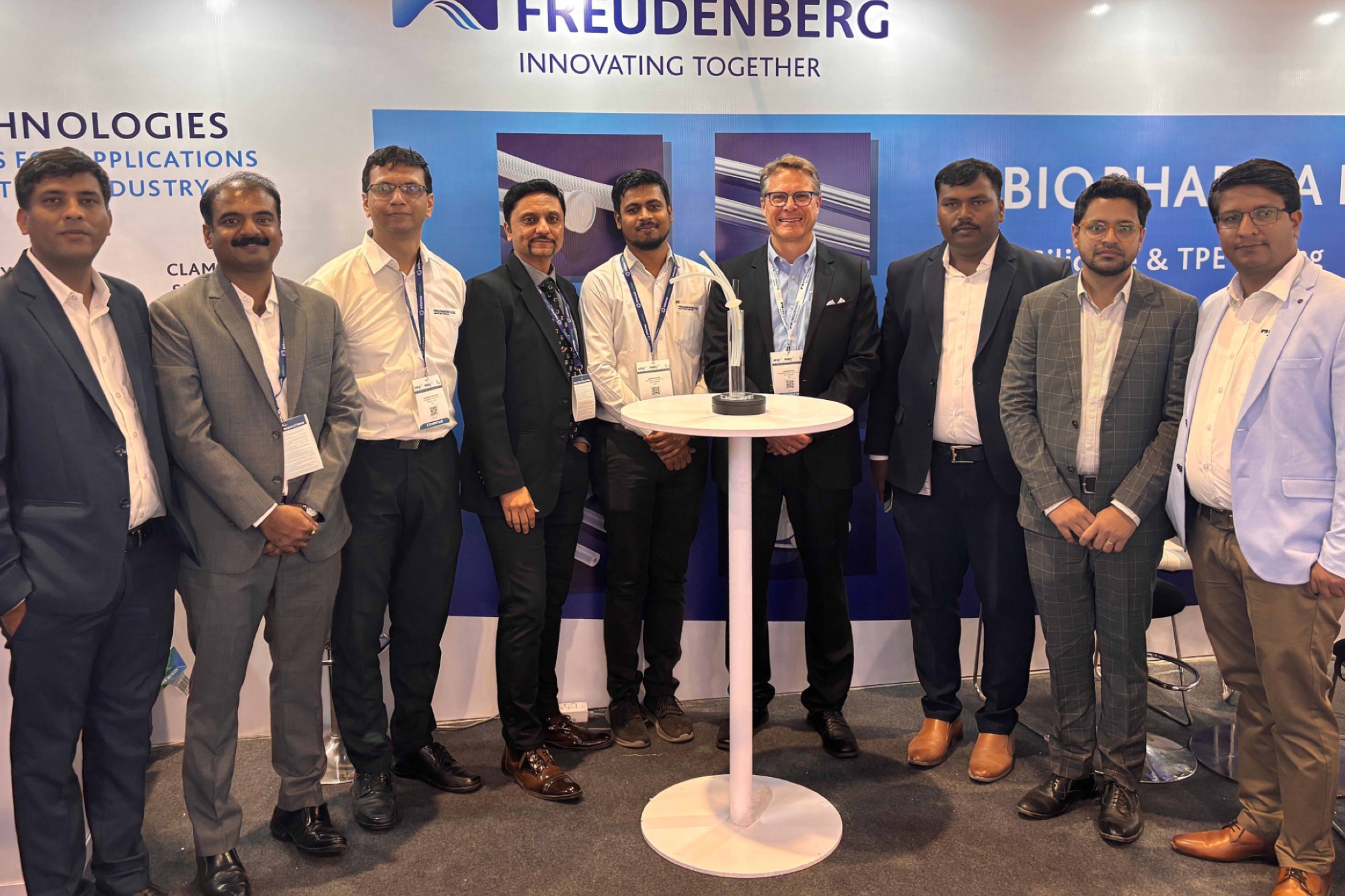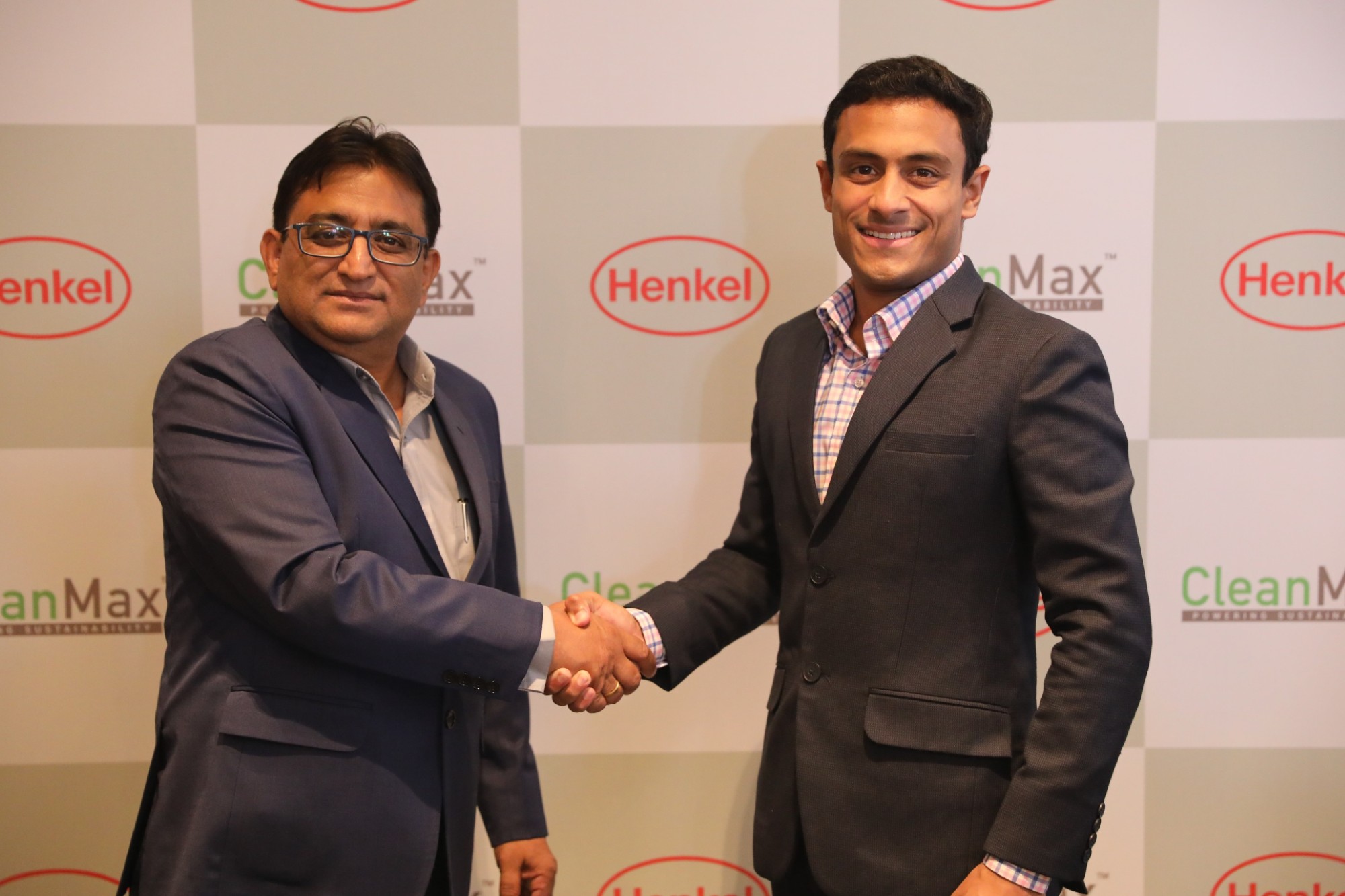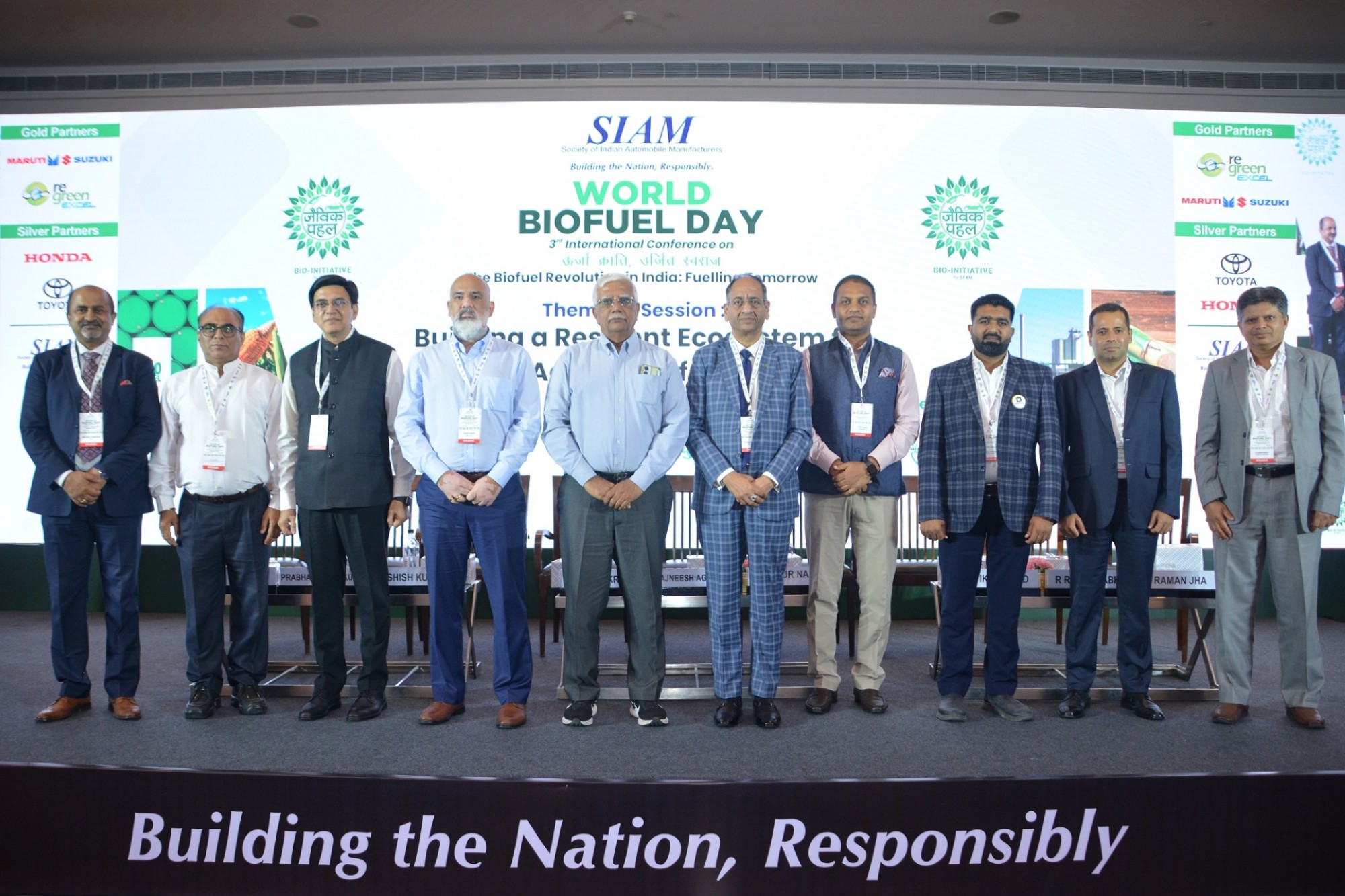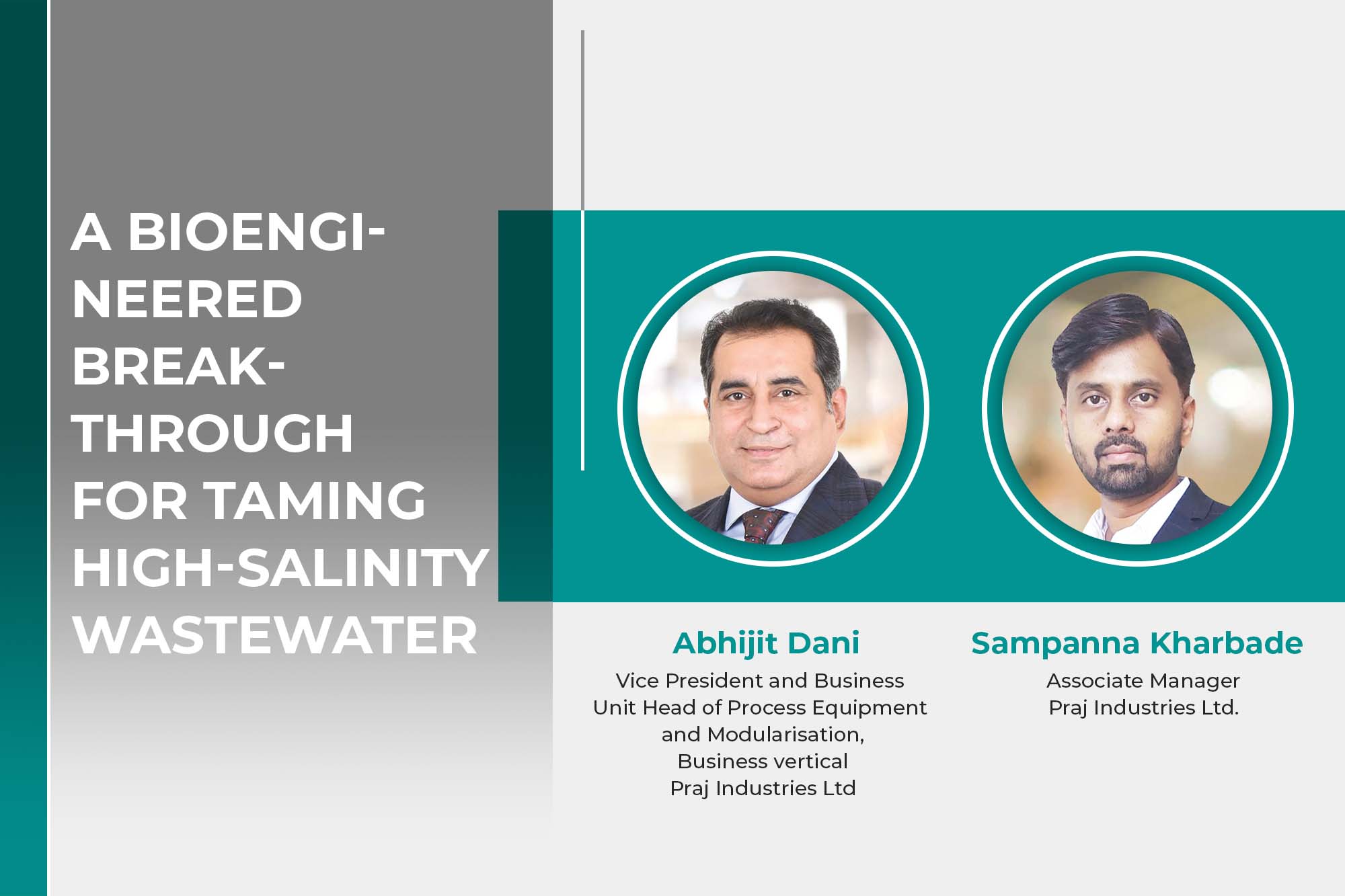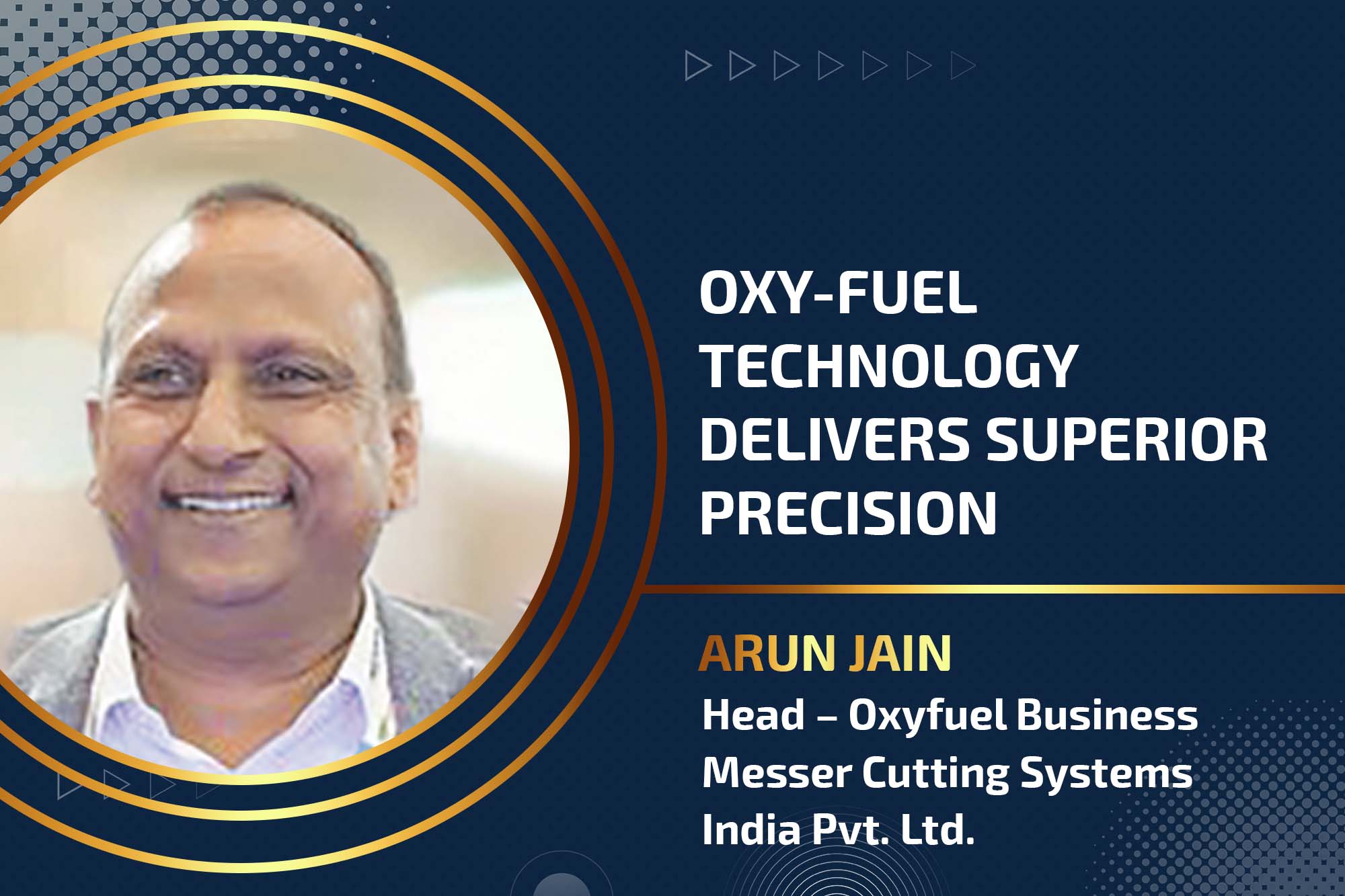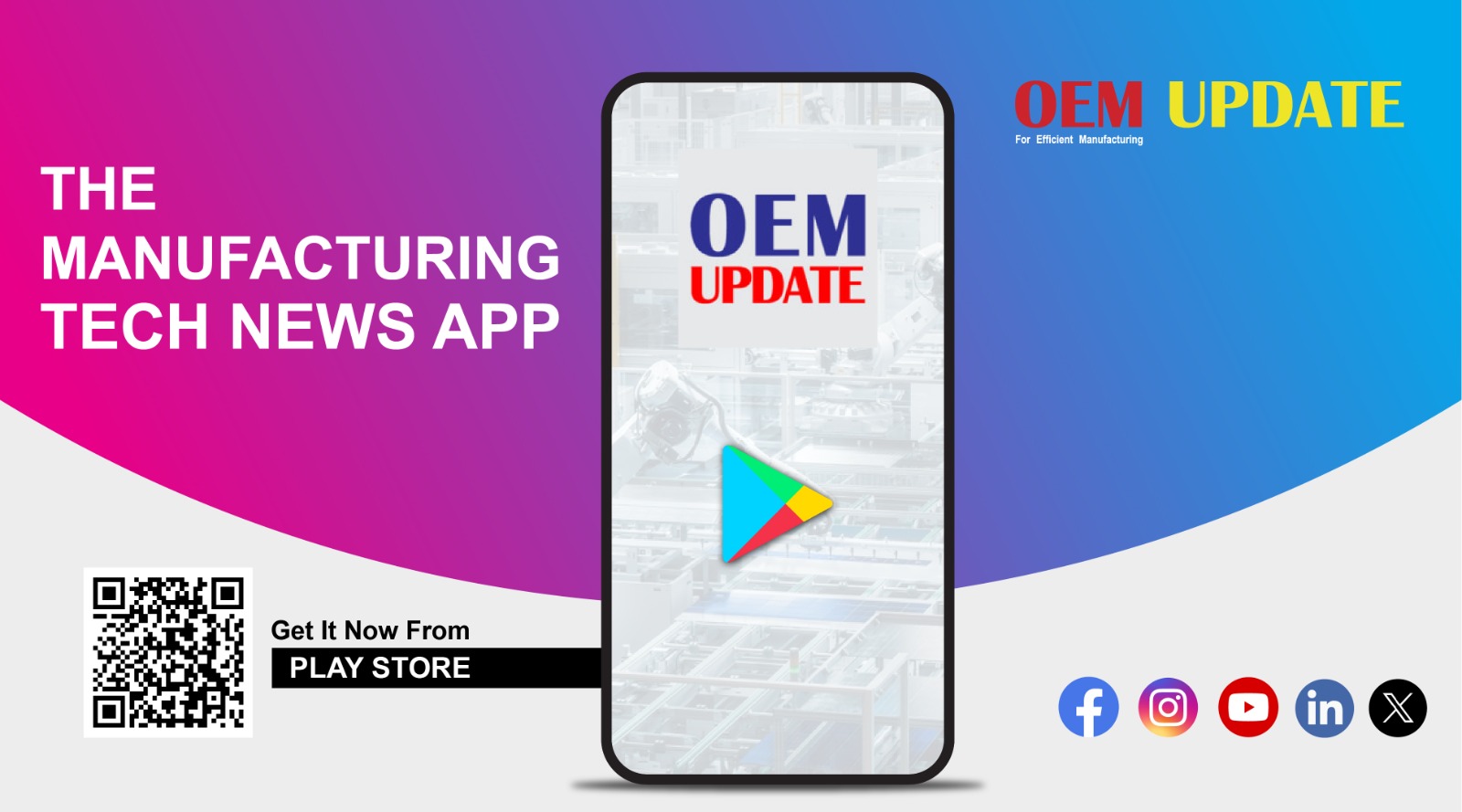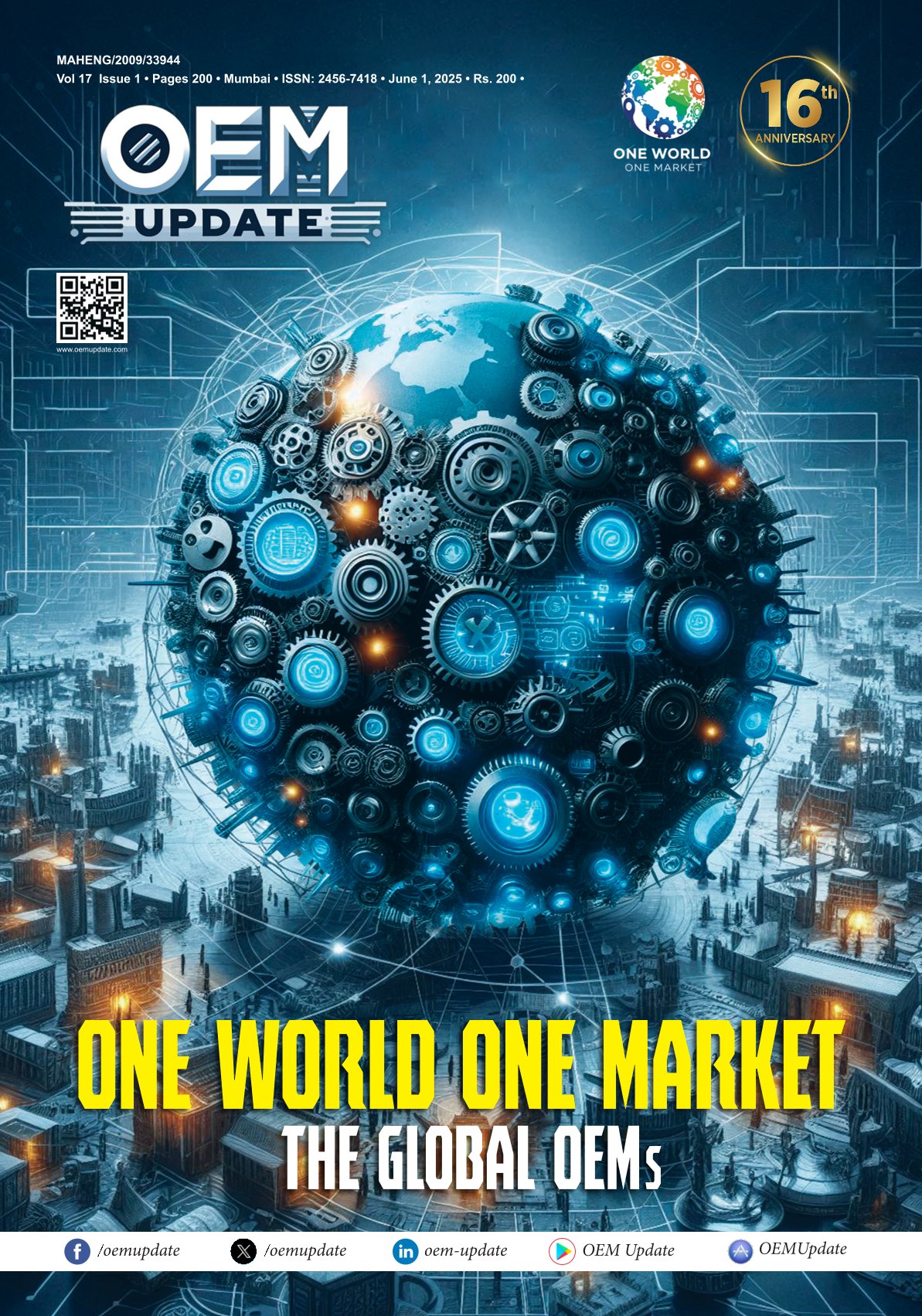‘Framework at Rescue of Struggling Manufacturing Sector’ [July 2012]
By admin July 18, 2012 11:46 am IST
“To compete and succeed in a price-driven market, manufacturers must create a business edge offering something that their competitors don’t”, said Ravi Teja, Vice President – Global Consulting Businesses, Nihilent Technologies
Is this the end of the India growth story? After the recent GDP numbers many sections are asking this question. India’s economy grew at an annual rate of 5.3 per cent in the quarter ended March 2012, much lower than expectations of 6.1 per cent projected by a poll of 31 economists.
The Finance Minister blamed the poor performance on the manufacturing sector, which shrank 0.3 per cent from a year earlier, for the slowdown. Experts see a bleak growth rate looking forward and stress on policy reforms by government to kick-start the manufacturing sector. The GDP numbers mean that the country’s growth slowed for 8 successive quarters through the 3 months ended March 2012. It is also the lowest GDP growth rate in 13 quarters; the last time India registered the same rate of growth was in the quarter ended December 2009, when the global financial system had all but collapsed in the aftermath of the bankruptcy filing by Lehman Brothers Holdings Inc. All these have led to many pronouncing the end of the India growth story. The market sentiment is certainly low today but it is certainly very premature to make such claims.
It is true that in a developing country like India, where over one fourth of population is still below the poverty line and inequalities in income distribution are increasing, the top priority would be to meet the commodity needs of the population while moving towards a global competitive edge. This is possible by promoting both agricultural and manufacturing sectors in a synergic manner, using innovative approaches that draw upon local resources: Natural, intellectual and cultural.
In the past few years the manufacturing sector in the country with its future opportunities and high employment potential embraced the path to the economic development of the country. This has led to India attaining a realistically sufficient level of self-sufficiency in manufacturing a range of basic and capital goods. However, globalisation and economic uncertainty has led to cut throat competition in acquisition of customers. The sector is today squandering for customers. To compete and succeed in a price-driven market, manufacturers must create a business edge offering something that their competitors don’t. Shorter lead times, faster turnaround times, and better service are key ‘customer-centric’ competitive advantages that can make the difference in attracting new business and retaining existing business. This had led to a dire need of creating a framework that can predict customer loyalty thus helping organisations increase customer retention.
It is indeed a well known fact that the key to a successful business is a steady customer base. After all, successful businesses typically see 80 per cent of their business come from 20 per cent of their customers. Too many businesses neglect this loyal customer base in pursuit of new customers. As a result, brands are constantly imposing themselves on customers to gain their attention through various mediums. With the extensive assortment available, consumers find it difficult to stick to one brand and are always moving on to new one. The brand world is thus always on a constant customer loyalty war. In such situations, where every brand is trying to stay prominent in people’s memory, measuring customer loyalty and developing a retention strategy are critical to an organisation’s success. In the information era that we all live in today the brands are increasingly being judged by a global consumer that’s been fed on an incessant diet of internet news, of televised images, of cell phone videos, email gossip, in other words, all sorts of communication devices who are sending different signals of their expectations and experiences they have had with the brands and services which they are proposing to be engaged with or are currently engaged. The need of the hour for brands today is to dig deeper into the online and offline cultural zeitgeist and catch right signals that the consumers are sending out through various mediums. Signals that not necessarily points only towards monetary benefits but also psychological, emotional, safety, health, security, biological, and the like signals that are inherently been given out by consumers in present and sought after by the prospective buyer.
Conventional customer loyalty surveys invariably have captured the superficial and on-the-moment mindset of the consumer without attempting to uncover facets of the promised experience or the insight into what the customer is really expecting. With these surveys, it is practically impossible to predict the future course of action of the customer. This calls for the requirement of a simple yet exhaustive framework – a framework that not only helps in gauging the efforts spent on achieving customer loyalty but also understanding the signals given out by the consumer specifically in terms of the ‘experience’ of the customers in comparison with their ‘expectations’ for a service / product.
While trying to understand the psychographics of the consumers favouring a particular brand, Nihilent Technologies’ research has pointed out that loyalty is a function of the actual experience of the consumer against the expectations that the consumer had while making the purchase. The research has pointed out to 14 such signals that a consumer emits focusing on the value accrual as against the cost incurred, both direct and indirect.
The 14 signals are as follows: 1)Value accrual: This is the value purely in terms of money; an individual feels he will gain after fulfilling his/her need by using the product/service. This aspect depicts the situation of getting ‘value for money’.
2)Helpful towards survival, health and safety: If the need in monetary terms is well gratified, then emerges a new set of needs, which may be categorised roughly as the survival, health and safety needs (security, stability, dependency, protection, freedom from fear, need for structure, order, law, limits, strength in the protector, and so on). These needs may include:• Personal security from crime etc• Financial security • Health and well-being • Safety net against accidents/illness and the adverse impacts. 3)Constitutes a part of basic necessity: These include the most basic needs that are vital to survival, including the need for water, air, food, shelter, clothing etc. These needs are the most basic and instinctive needs in the hierarchy because all needs become secondary until these physiological needs are met.
A mobile phone does not satisfy a basic need such as food, shelter and clothing directly. But a basic need may be considered with respect to a particular product/service.
Cookie Consent
We use cookies to personalize your experience. By continuing to visit this website you agree to our Terms & Conditions, Privacy Policy and Cookie Policy.
